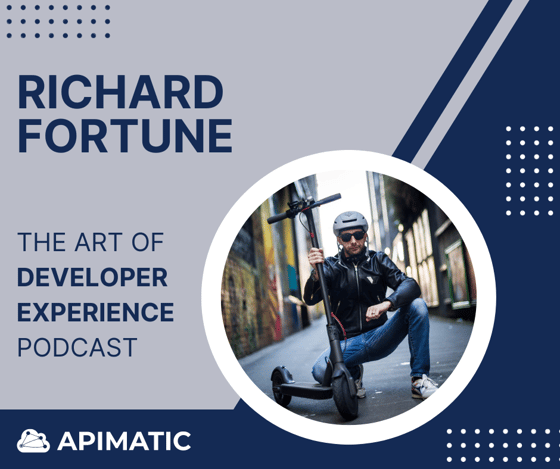
Former Product Owner for Xero’s Developer Platform, Richard Fortune, joins the podcast to discuss how persistent engagement helps developers grow along with your technology. He share’s how the tight feedback loop between Xero’s developer advocates and his product team was a super power for pushing the developer experience forward. Richard also touches on the API health dashboard built to promote better behavior by surfacing KPIs on API usage to developers.




